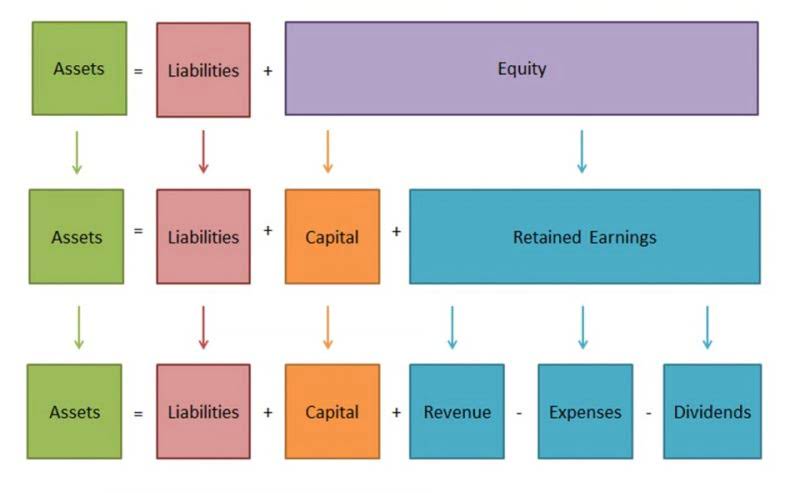
In this sense, the expense is accrued or shown as a liability in December until it is paid. When expenses are prepaid, a debit asset account is created together with the cash payment. The adjusting entry is made when the goods or services are actually consumed, which recognizes the expense and the consumption of the asset. Companies that use accrual accounting and find themselves in a position where one accounting period transitions to the next must see if any open transactions exist. The primary distinction between cash and accrual accounting is in the timing of when expenses and revenues are recognized.

The revenue earned during the month has been transferred from the unearned revenue account to the revenue account. The wage expense for the month has been included in the wage expense account and the liability for unpaid wages is reflected in the balance sheet wages payable account. The interest expense for the month has been included in the interest expense account and the liability for unpaid interest is reflected in the balance sheet interest payable account. There are numerous types of adjusting journals, but the four adjusting journal entries examples listed below are among the most common usually encountered. Once revenue is earned, it should be removed from the liability account, termed unearned revenue and recorded as revenue.
How HighRadius Can Help to Automate Adjusting Journal Entries
This can be done by looking at the unadjusted trial balance, which is the third step in the accounting cycle. If the proper channels of communication are not in place, the likelihood of accounting https://www.bookstime.com/articles/what-is-a-cost-benefit-analysis errors is large. Once the accountant has all of the information necessary to prepare the required adjustments, they must create the journal entries and post them to the appropriate accounts.
A company provided services to a customer on the last day of the year but did not have time to prepare an invoice to send. Look at the five types of adjusting entries above and understand the reasoning why the entries are set up as such. Examples of deferred expenses are prepaid adjusting entries examples rent and prepaid insurance. Prepaid items are deferred expenses since they are paid for before the service. An accrued expense is an expense incurred by a company but not yet recorded or paid for. Accrued expenses include salaries and wages, rent, utilities, and interest.
Identify types of adjusting entries
This is posted to the Supplies T-account on the credit side (right side). You will notice there is already a debit balance in this account from the purchase of supplies on January 30. The $100 is deducted from $500 to get a final debit balance of $400.
- Now that you’re familiar with financial statements, we can discuss revenue and expense recognition principles.
- Adjusting entries ensures stakeholders get the most accurate picture of the company’s financials.
- Want to learn more about recording transactions as debit and credit entries for your small business accounting?
- By applying the accrual-based accounting method, entities ensure transactions are accounted for in the correct accounting period.
- There are also many non-cash items in accrual accounting for which the value cannot be precisely determined by the cash earned or paid, and estimates need to be made.
